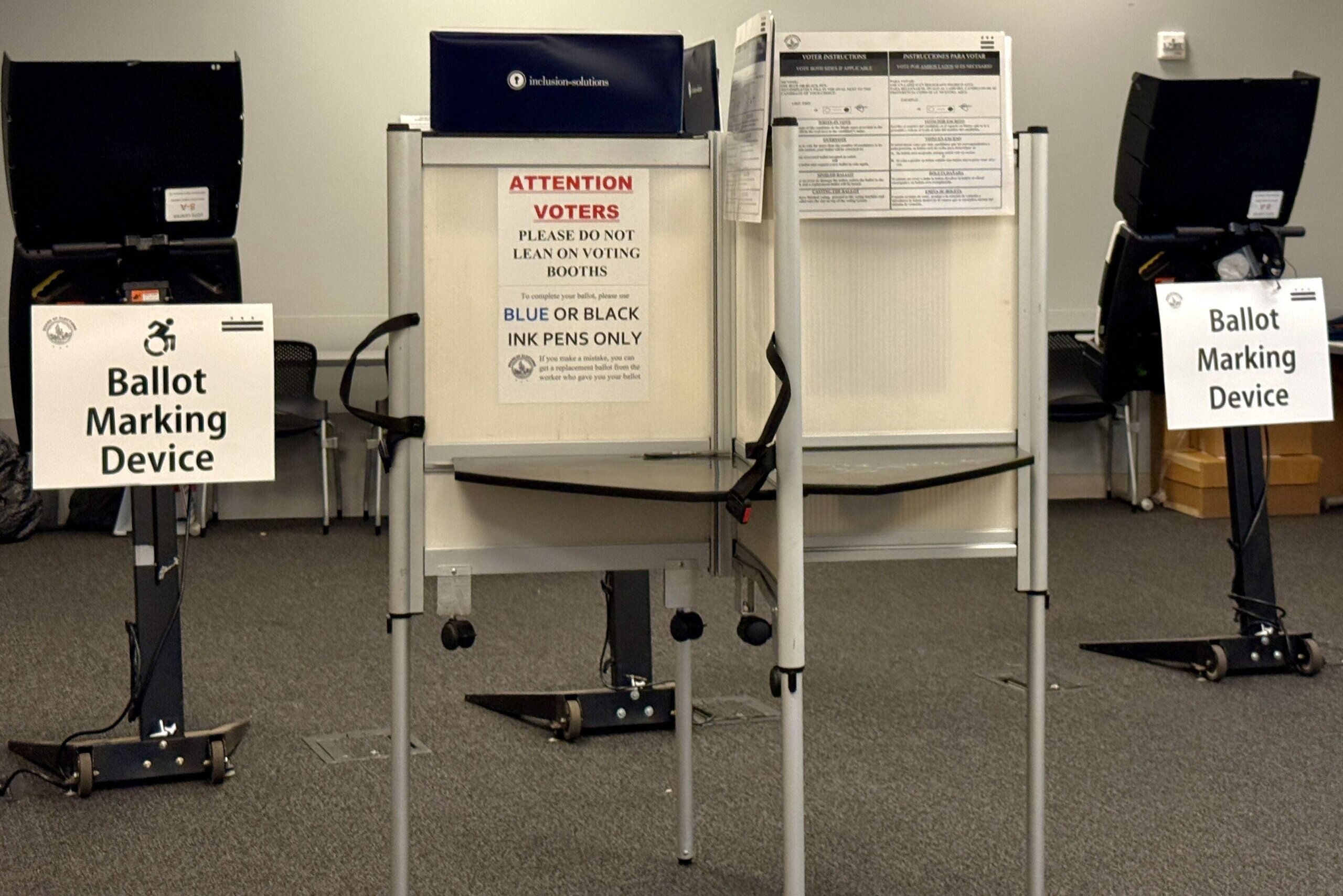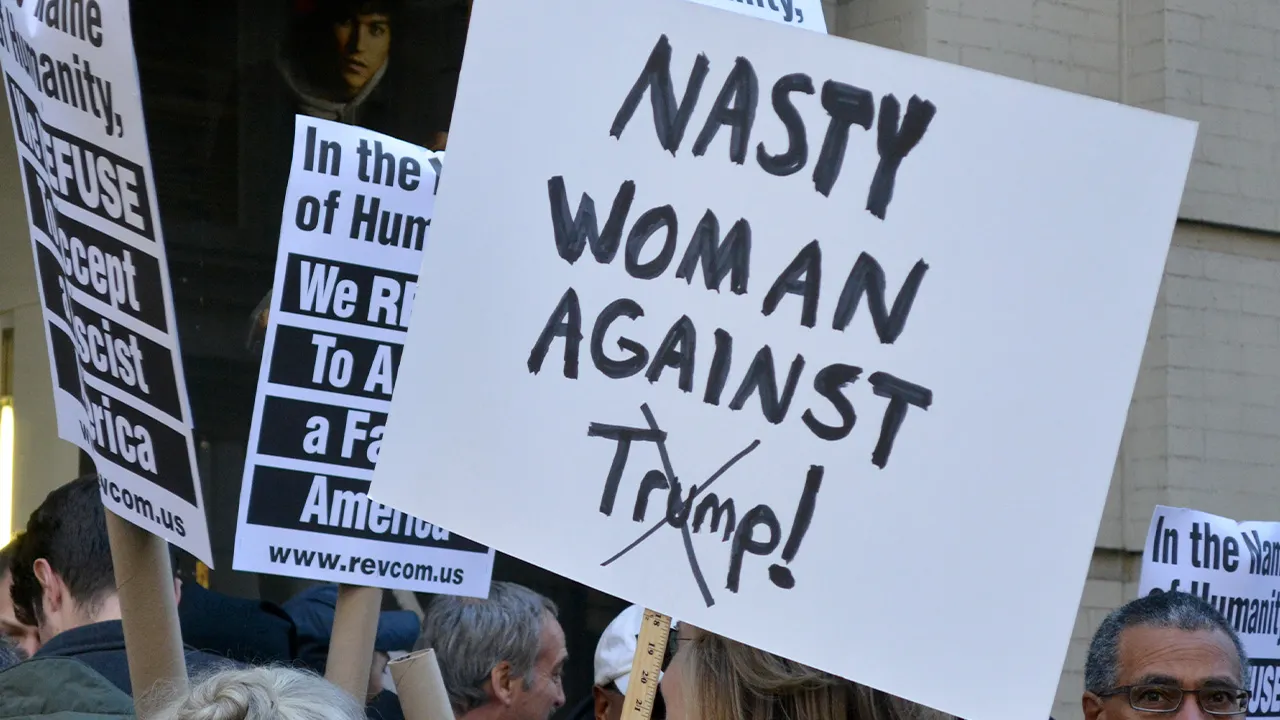Rollie Hannan Jr. has been beekeeping for more than three decades, building Honey Meadows Farm in Southbury into one of Connecticut’s largest commercial apiaries, with more than 400 hives.
Connecticut
Early voting in CT opens on Monday. Here’s what to know
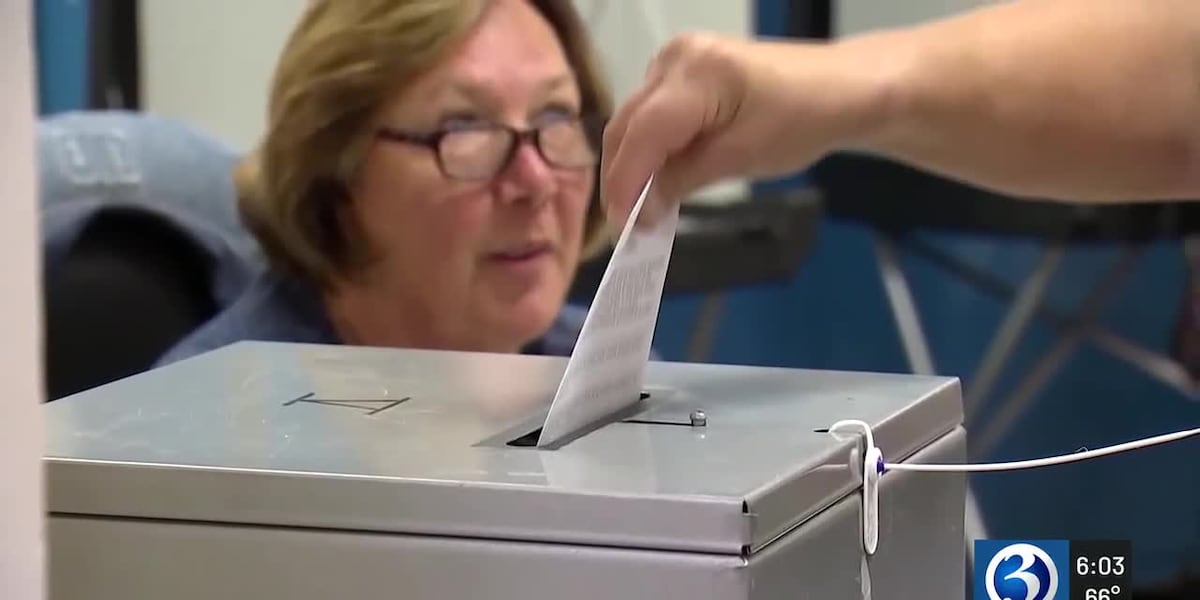
HARTFORD, Conn. (WFSB) – Early voting for the local elections in Connecticut was set to open on Monday morning.
It’s a two-week period where residents can vote ahead of Election Day on November 4.
Early voting runs every day until November 2.
Here’s what to know ahead of time:
- Most polling places are open from 10 a.m. to 6 p.m., however there are some exceptions.
- The location for early voting may be different than the regular polling place, so officials recommended checking the specific town’s website for details.
- If someone is not registered to vote, they can register on site.
- Anyone can vote early.
“It’s super convenient just to go on your own schedule. Making it on one day is pretty difficult. I have a daughter in daycare, a very busy schedule, so the more opportunities people have to vote, the better,” said Nick Rodriguez from Hamden.
The ballots casted over the next two weeks will be sealed and counted on Election Day.
Fore more information on early voting, click HERE.
Copyright 2025 WFSB. All rights reserved.

Connecticut
Thousands demonstrate in ‘No Kings' rallies in Connecticut
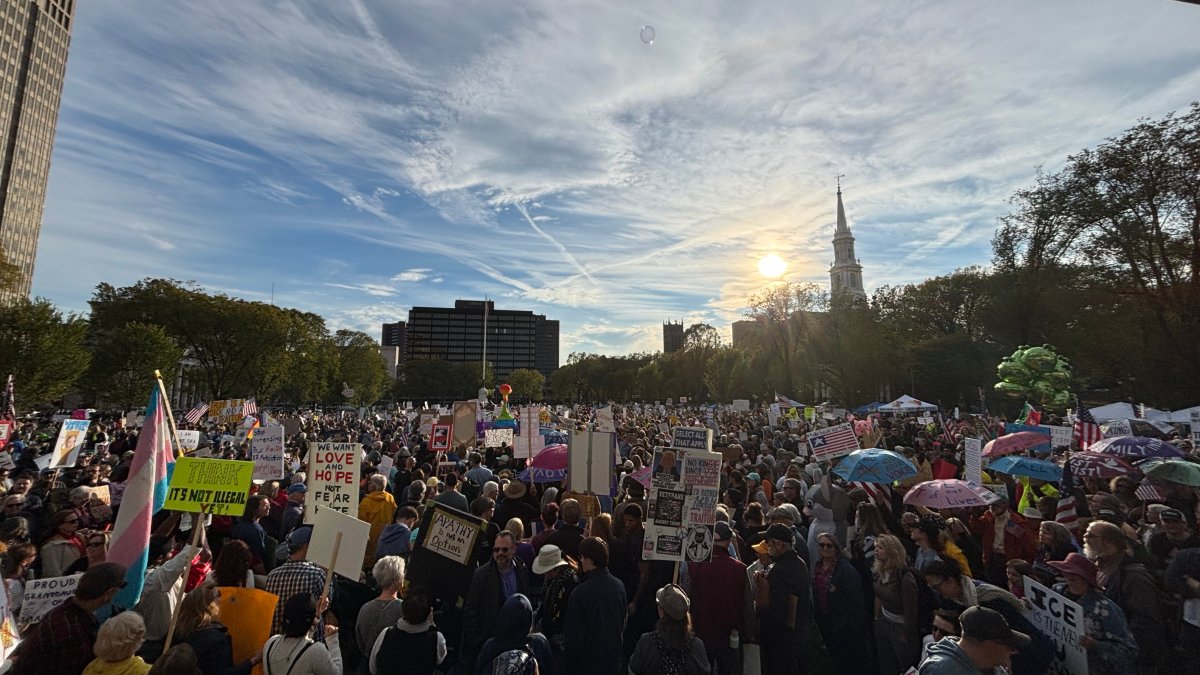
Connecticut
CT’s commercial beekeepers face record hive losses as honeybee populations plummet nationwide

Beekeeper Lauren Doninger, owner of Yellow House Honey, is holding a frame of honeybees in front of bee hives in her backyard in Hamden on October 16, 2025.
But he has never seen a season quite like this one.
Article continues below this ad
Hannan said he lost about 90% of his hives this year — some of the steepest losses he has ever faced in a business familiar with setbacks.
Honeybee populations have been steadily declining over the past two decades, besieged by pesticides, parasites and a loss of wild habitat, experts say. This past year, studies show, has been especially tough for the nation’s commercial beekeepers — including Hannan and a few others in Connecticut — whose hives pollinate the orchards, berry farms and vegetable fields that feed the region.
Beekeepers and experts say they are not alarmed yet — honeybee populations often fluctuate and the industry has weathered sharp declines before. But if losses continue at this rate, they warn, the economic strain could push more commercial farmers to abandon their hives and threaten the crops that depend on their pollination.
Preliminary data from the latest U.S. Beekeeping Survey shows that from April 2024 to April 2025, beekeepers nationwide lost more than half their colonies — the highest decline rate in the survey’s 14-year history. Average annual losses have typically hovered at about 41%.
Article continues below this ad
The losses were even more dire in Connecticut, where nearly 67% of colonies disappeared during that span, the highest on the East Coast, according to the survey.
“Overall, these results suggest that annual colony loss rates continue to rise, placing growing pressure on the beekeeping industry to maintain the national honeybee population at a stable level,” the study notes. “This ongoing trend presents an increasing challenge to meeting the demand for crop pollination and honey production in the U.S.”
Die-offs are a routine part of raising honeybees. Connecticut beekeepers typically lose about 40% of their colonies each year, said Bill Hesbach, president of the Connecticut Beekeepers Association. Hannan said his annual losses are about 50% to 60% across his three apiaries, two of which are out of state.
The Beekeeping Survey’s 70% loss rate for Connecticut is inflated, Hesbach said, estimating the figure is closer to 45% — less severe but still “significant.” Most of Connecticut’s beekeepers are backyard hobbyists whose losses matched previous years, but some commercial apiaries lost a “tremendous amount of hives,” he added.
Article continues below this ad
“You can look at (bees) like a crop,” Hesbach said. “Most of the time, in the long run, that crop will average out its yield and its losses. But there’s going to be years when there’s tremendous losses and very despondent beekeepers.”
Across the country, honeybees pollinate about 100 commercial crops and, along with other pollinators, including bumblebees, butterflies and hummingbirds, are responsible for about a third of all food and beverages.
First disappearance of honeybees
Honeybees first began disappearing in large numbers in about 2006 and 2007 — a mystery that became known as “colony collapse disorder.” The decline was likely driven by pesticide exposure, parasites and a loss of wildflowers, said Sarah Lawson, an assistant biology professor at Quinnipiac University.
Article continues below this ad
Since then, honeybee populations have rebounded slightly as farmers began treating for mites and planting more floral habitats. But overall, Lawson said, bees are still in decline because the “root causes” that drove the the first wave of colony collapses “were never really addressed.”
Pesticides remain “one of the big drivers” of today’s losses, Lawson said. Chemicals such as neonicotinoids can impair bees’ memory and navigation, leaving them unable to find their way back to their hives. Other dangers include overdevelopment, which wipes out valuable foraging areas, and harmful pests that attack colonies, like the virus-spreading Varroa mite and bears, whose numbers have been increasing in Connecticut.
This year’s losses made the initial colony collapses “look like nothing,” Hannan said. He first blamed pesticides used by local orchards, then acknowledged it was likely a mix of problems. “It’s hard to pinpoint one,” he said. “You get one stressor in there, and then something else happens and then it’s harder to keep them alive.”
Hannan grew up on a small farm in Southbury where his family raised sheep and cattle. He discovered beekeeping in high school, liking that it gave him a chance to be outdoors and “do something different than most people.” He also enjoys seeing how bees interact with one another.
Article continues below this ad
Every year, Hannan trucks his hives to fields and orchards across the state to pollinate pears, apples, blueberries, strawberries, summer squash, winter squash and pumpkins. He earns $90 to $120 per colony, depending on the crop.
Commercial beekeeping rarely turns a profit, and many years, Hannan said he’s just hoping to break even. Losing so many colonies brings even greater economic strain, as he must replace his bees by buying hives from other keepers.
The many challenges, coupled with the minimal payoff, has discouraged young farmers from trying their hand at beekeeping, Hannan said. He jokes with his 14-year-old son that he’s probably better off not entering the business.
For those who do join, big colony losses are inevitable — and the reasons aren’t always clear.
Article continues below this ad
“If you don’t get hit one year, don’t get cocky because you’re going to get hit the next,” Hannan said. “I’ve seen it happen to a lot of good beekeepers, where they’re third or fourth generation and they’re still scratching their head because they don’t know what happened.”
Die-offs vary in state
Many of the state’s backyard beekeepers managed to avoid the worst of this year’s die-offs.
Lauren Doninger, who runs Yellow House Honey in Hamden, said all 10 to 12 of her colonies survived this past year. She regularly sees a 100% survival rate.
Article continues below this ad
Still, Doninger said she has noticed changes. She usually receives about eight or nine calls every year to collect bee swarms from yards. Swarming involves a large group of bees splitting off to form new hives, a healthy sign of reproduction.
This past year, Doninger said she got only one swarm call. Her theory is that “because so many fewer bees survives over winter, there were fewer colonies available to swarm.”
The loss of honeybees has spurred conservation efforts across Connecticut. Several municipalities, including Bridgeport and New Milford and West Hartford, have adopted pesticide-free practices and pollinator-friendly planting. So have the University of Connecticut and Quinnipiac University, which are both affiliated with the Bee Campus USA program. Some have enrolled in beekeeping classes. Others have started pollinator gardens and bee highways.
This year, Connecticut also passed a law banning the use of neonicotinoids on lawns, golf courses and other turf areas — a major win for environmental advocates who had spent years pushing for those restrictions. The law will take effect in 2027.
Article continues below this ad
Connecticut is home to nearly 400 bee species, and some, such as bumblebees, are also struggling. Lawson said she was especially concerned about these wild species because they don’t have beekeepers managing them the way honeybees do.
“I think we need to be more careful about how we’re using our pesticides and using a precautionary principle going forward instead of releasing the pesticides and seeing what happens,” Lawson said.
New defenses against harmful pests are also giving beekeepers hope. The Environmental Protection Agency recently approved Norroa, an RNA-based treatment for Varroa mites that Connecticut and a dozen other states have already adopted, Hesbach said. The treatment gives beekeepers a new tool in the decades-long fight against the parasites.
Article continues below this ad
Despite the overwhelming losses, Hannan said he isn’t giving up. He’s rebuilding his colonies for next season, hoping it won’t be as devastating. “I started when I was 15 and I’m 51 now,” he said. “So what do I have left?”
Connecticut
West Hartford landmark unveils major renovations, celebrates historic Connecticut figure

WEST HARTFORD, Conn. (WTNH) — A ribbon-cutting was held on Thursday morning at the Noah Webster House and Museum in West Hartford to celebrate a new makeover.
The exterior of the 278-year-old house has been renovated and a new roof was installed.
Noah Webster was the author of America’s first dictionary, a teacher, lawyer and political writer. He was a member of the Connecticut House of Representatives and an early abolitionist.
Webster was born in a room on the first floor of the house, 267 years ago on the day of the ribbon-cutting.
“Sometimes I think we need Noah Webster in this country more than ever, because we sometimes don’t seem to have a common base of facts that we work from or a common understanding of what the words mean,” Gov. Ned Lamont said at the event.
The renovations were made possible by a combination of funding from the State Department of Economic and Community Development and the town of West Hartford.
-
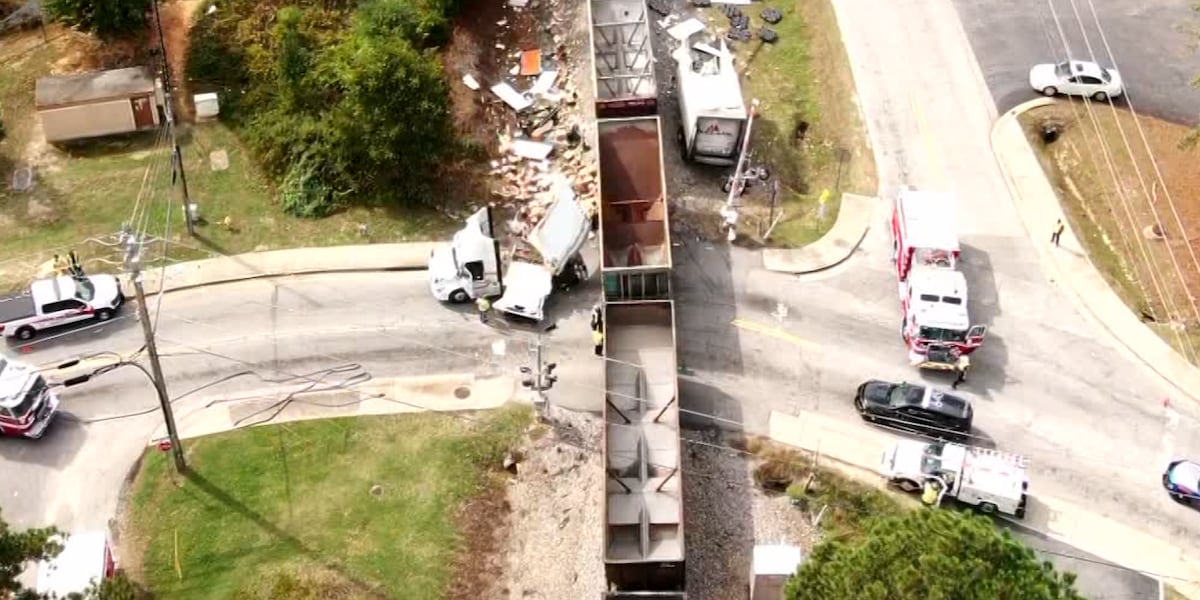
 Augusta, GA1 week ago
Augusta, GA1 week ago‘Boom! Blew up right there’: Train slams into semi in Grovetown
-

 Alaska5 days ago
Alaska5 days agoMore than 1,400 seeking shelter as hundreds wait to be evacuated after catastrophic Western Alaska storm, officials say
-

 Education1 week ago
Education1 week agoVideo: 3 Former College Teammates Reunite on Rangers Coaching Staff
-
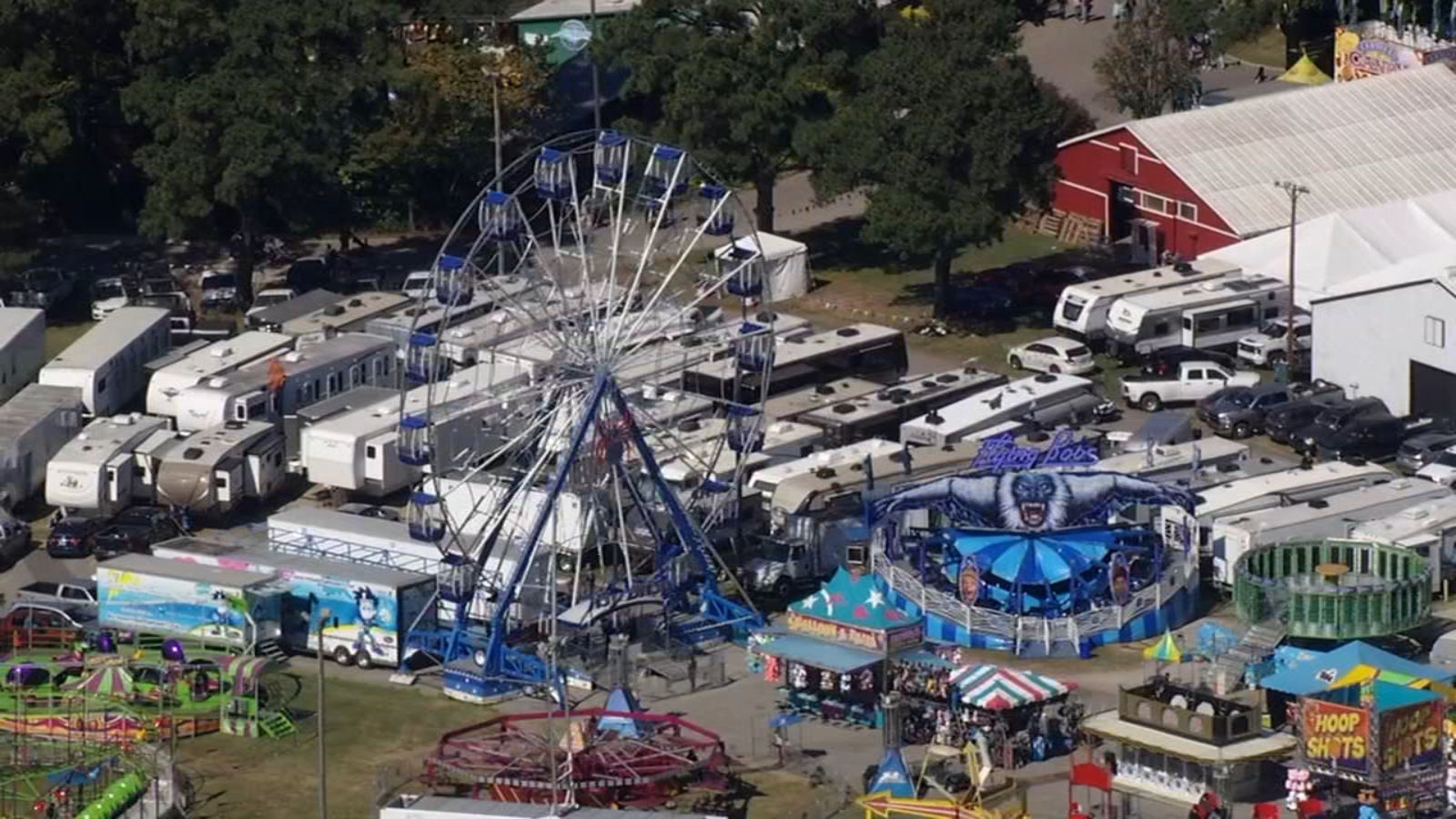
 North Carolina1 week ago
North Carolina1 week agoGuide to NC State Fair 2025: Tickets, transportation, parking, new rides and special event days
-

 Education1 week ago
Education1 week agoNearly 20 Percent Fewer International Students Traveled to the U.S. in August
-
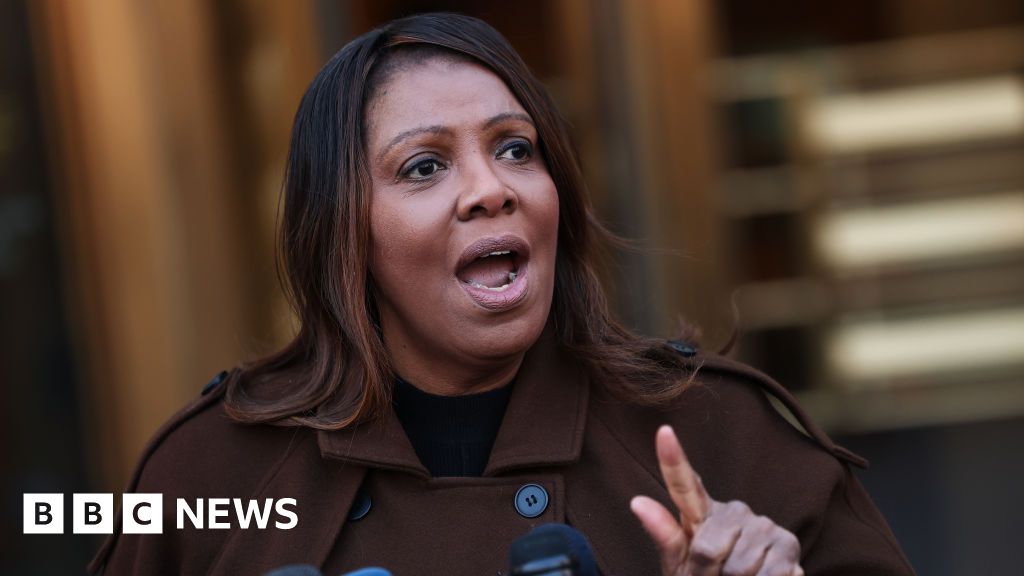
 News1 week ago
News1 week agoWhat we know about the charges against New York’s Attorney General Letitia James
-
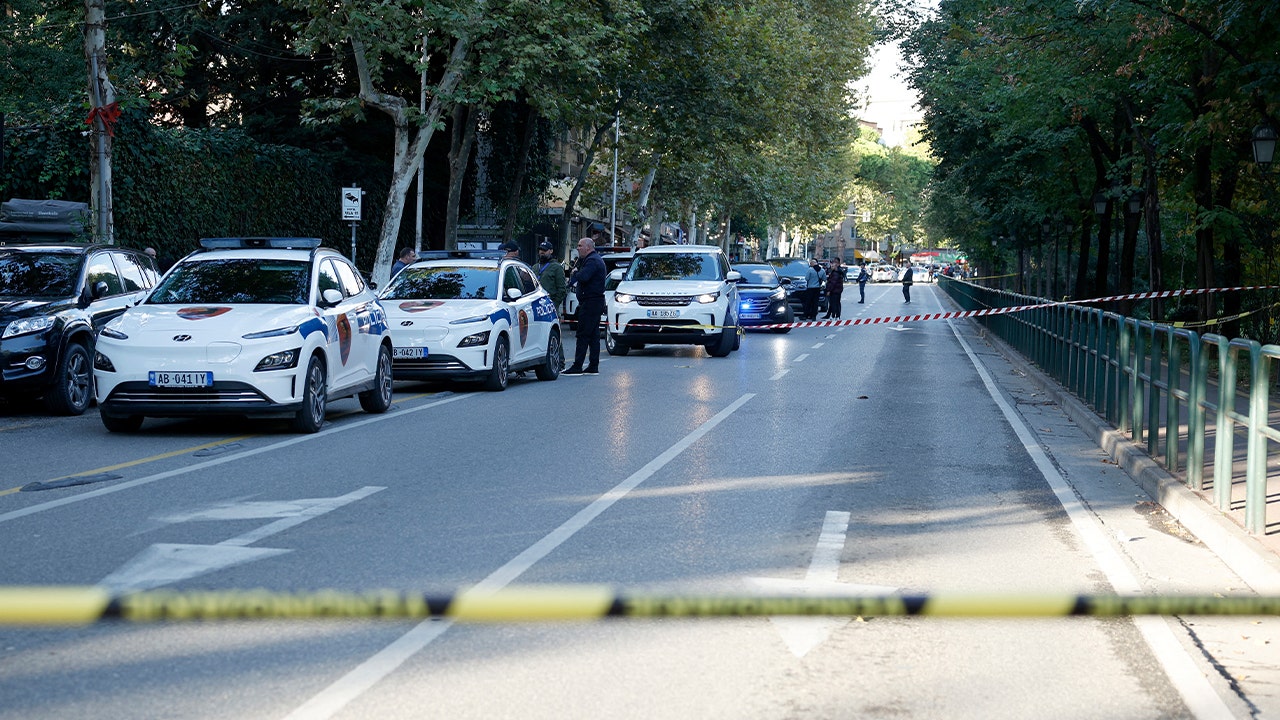
 World1 week ago
World1 week agoAlbanian judge killed in courtroom shooting amid growing anger over justice system reforms
-

 News5 days ago
News5 days agoTrump Halts Billions in Grants for Democratic Districts During Shutdown
